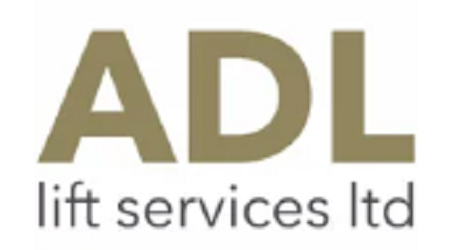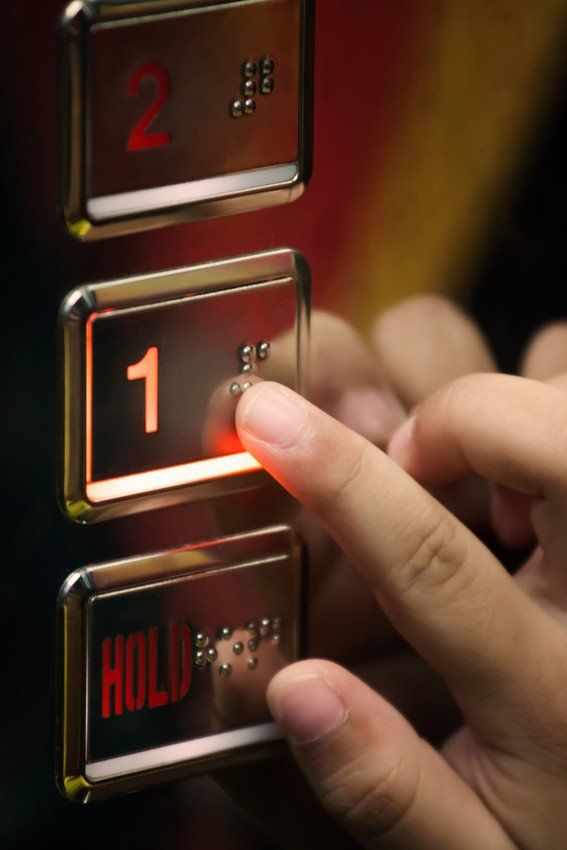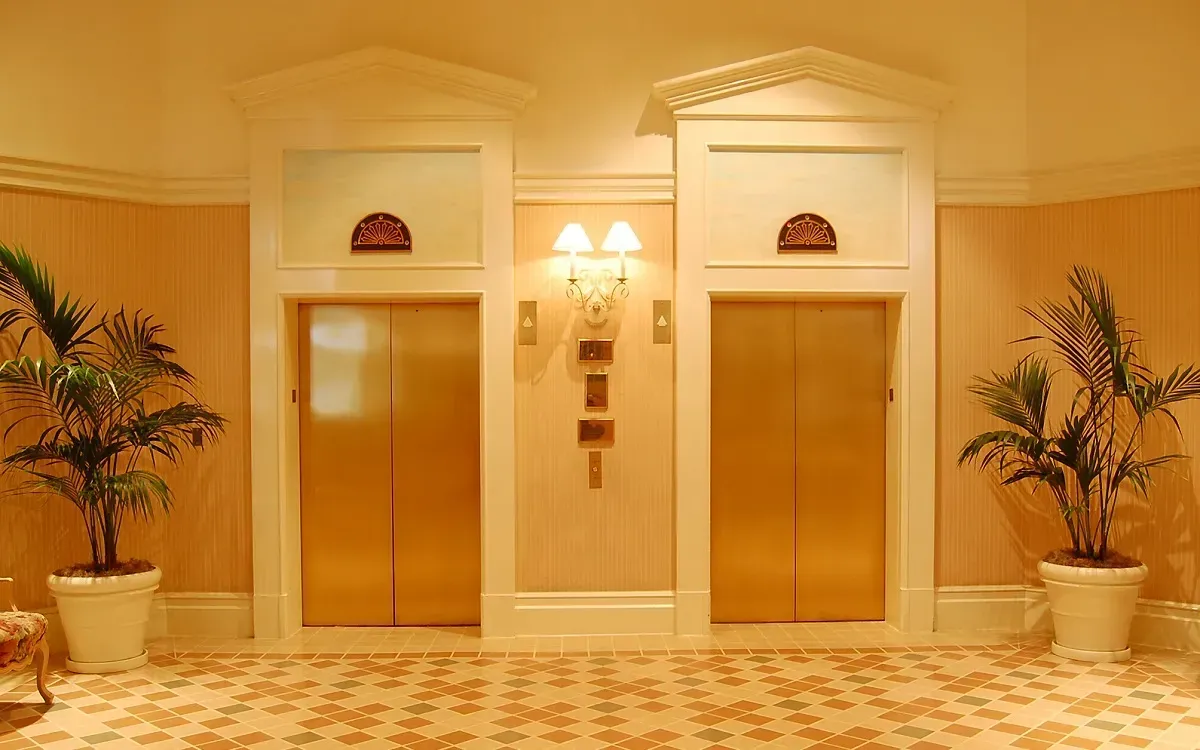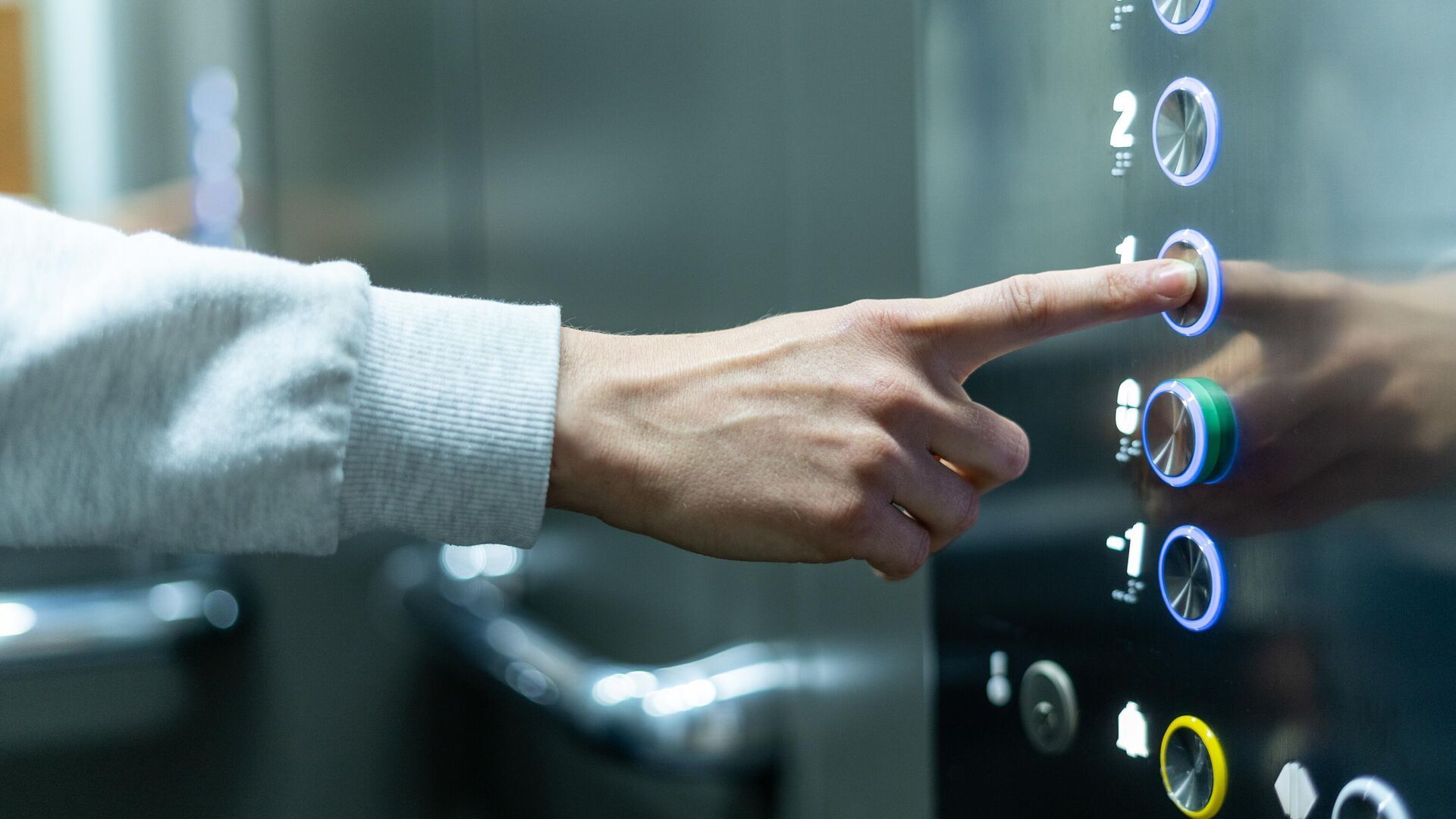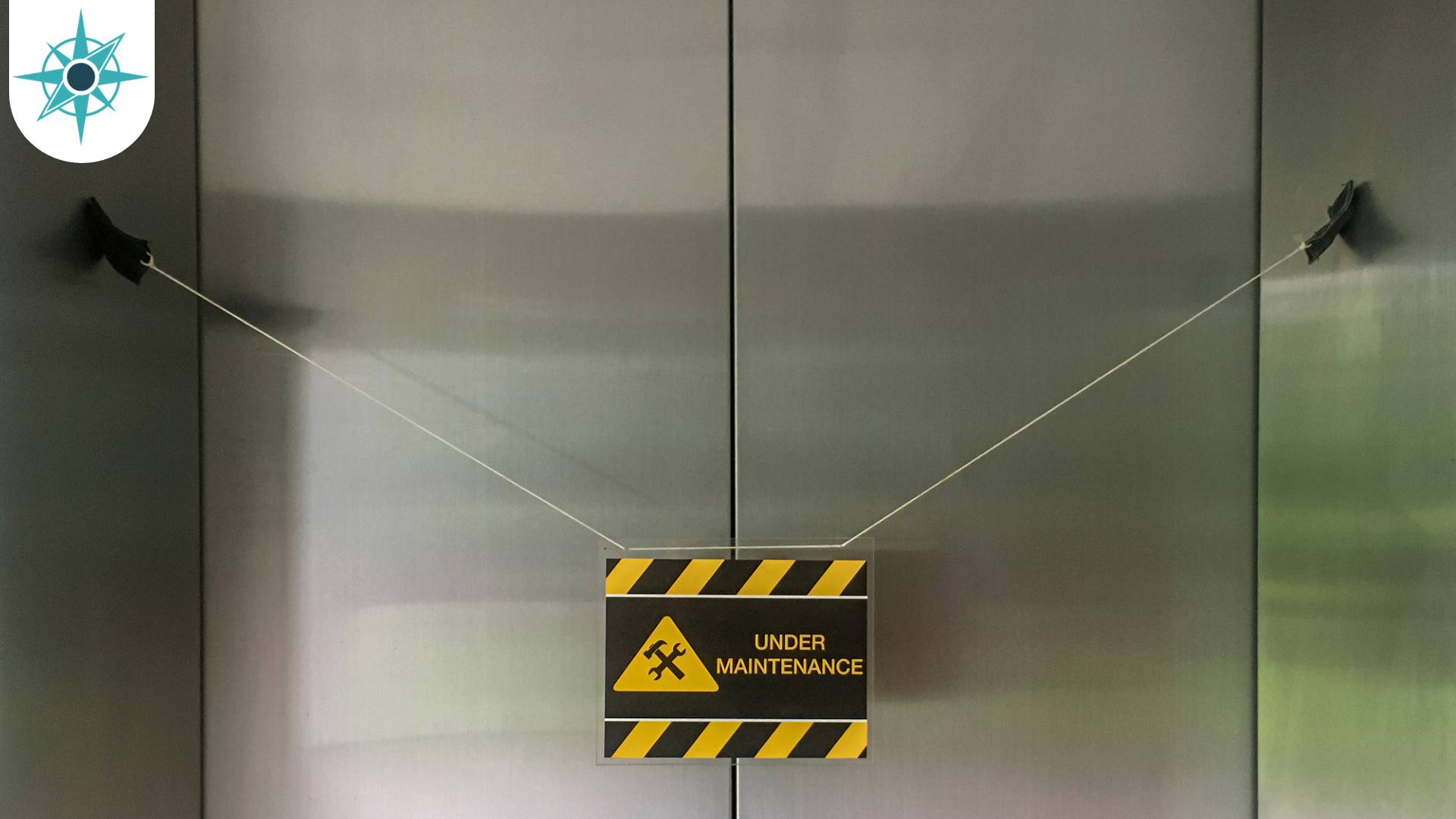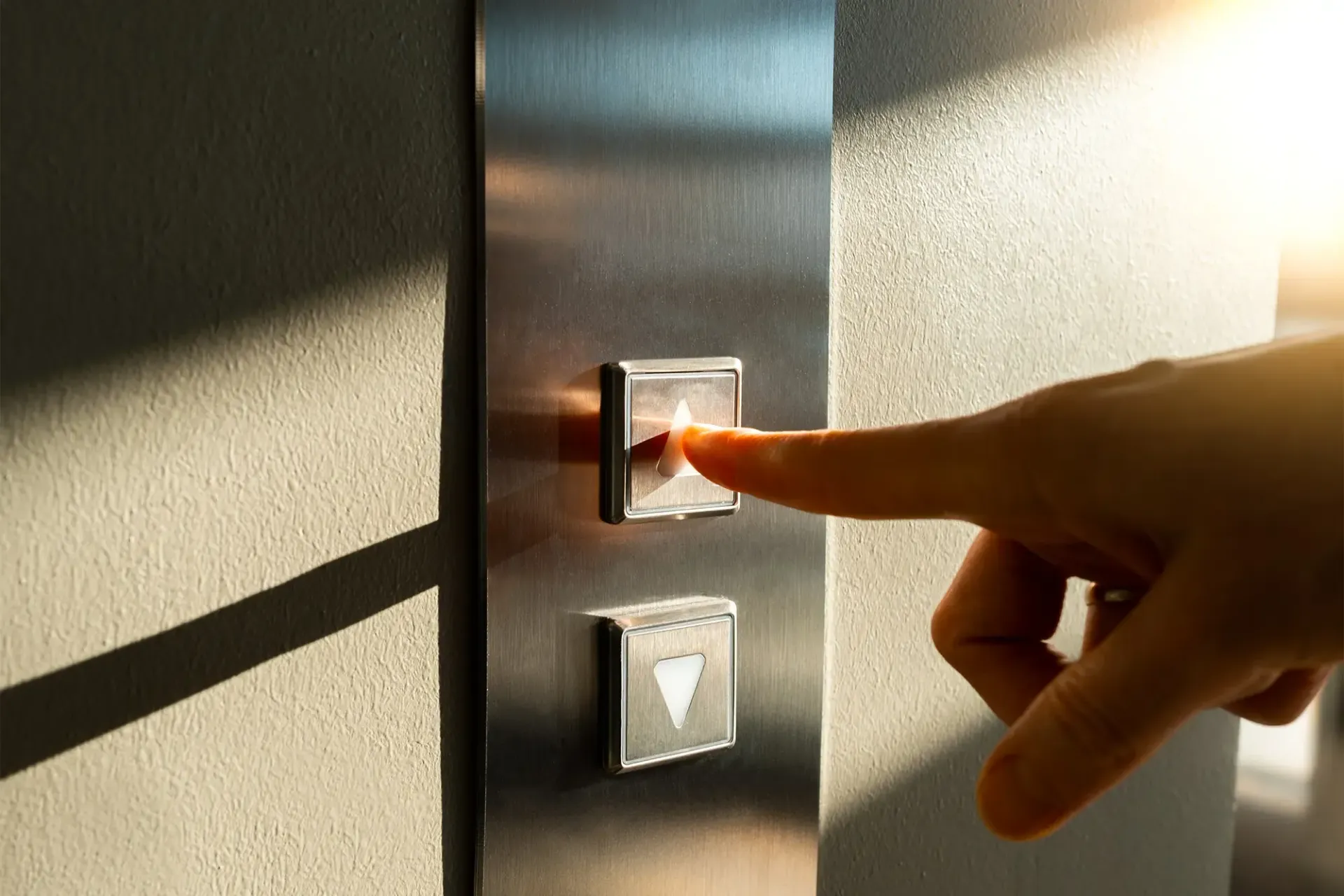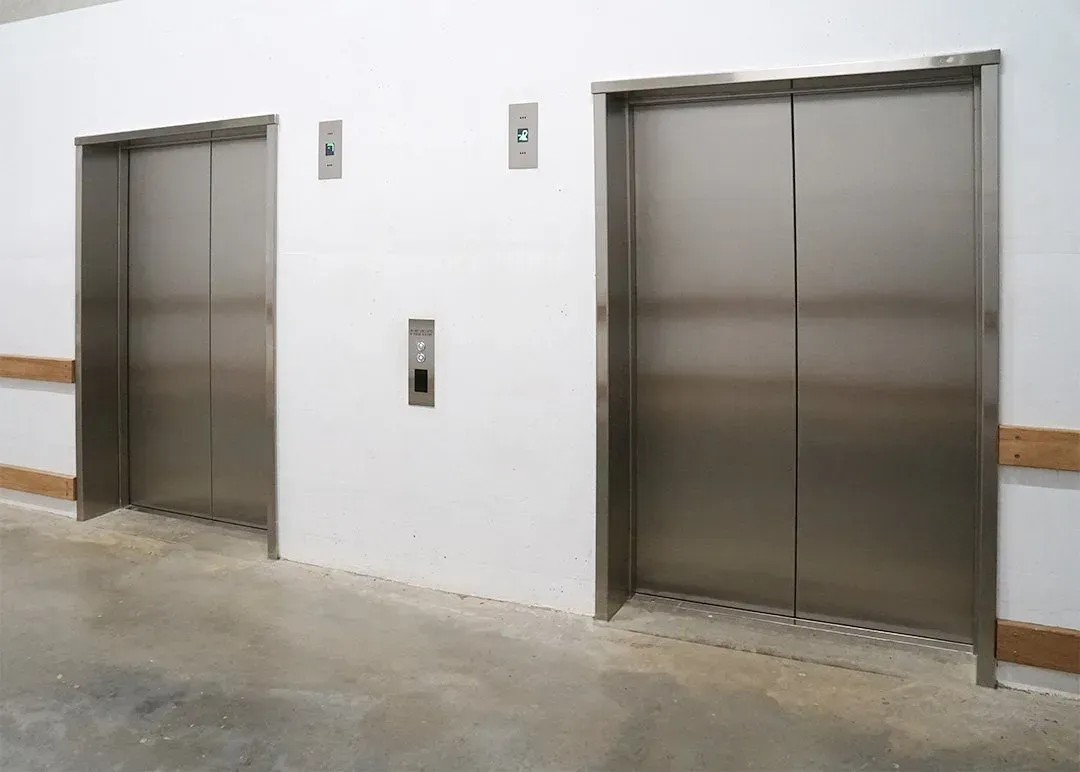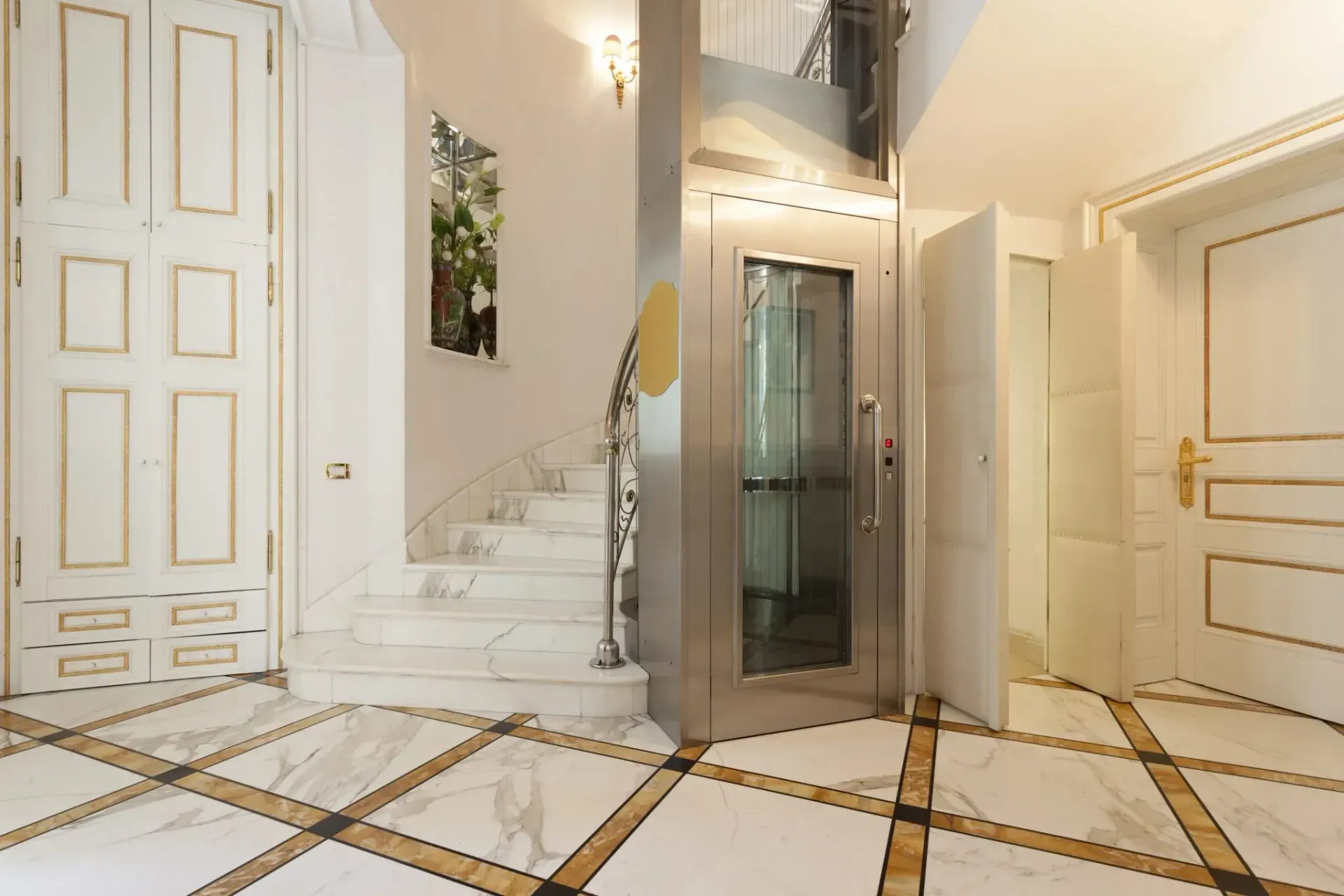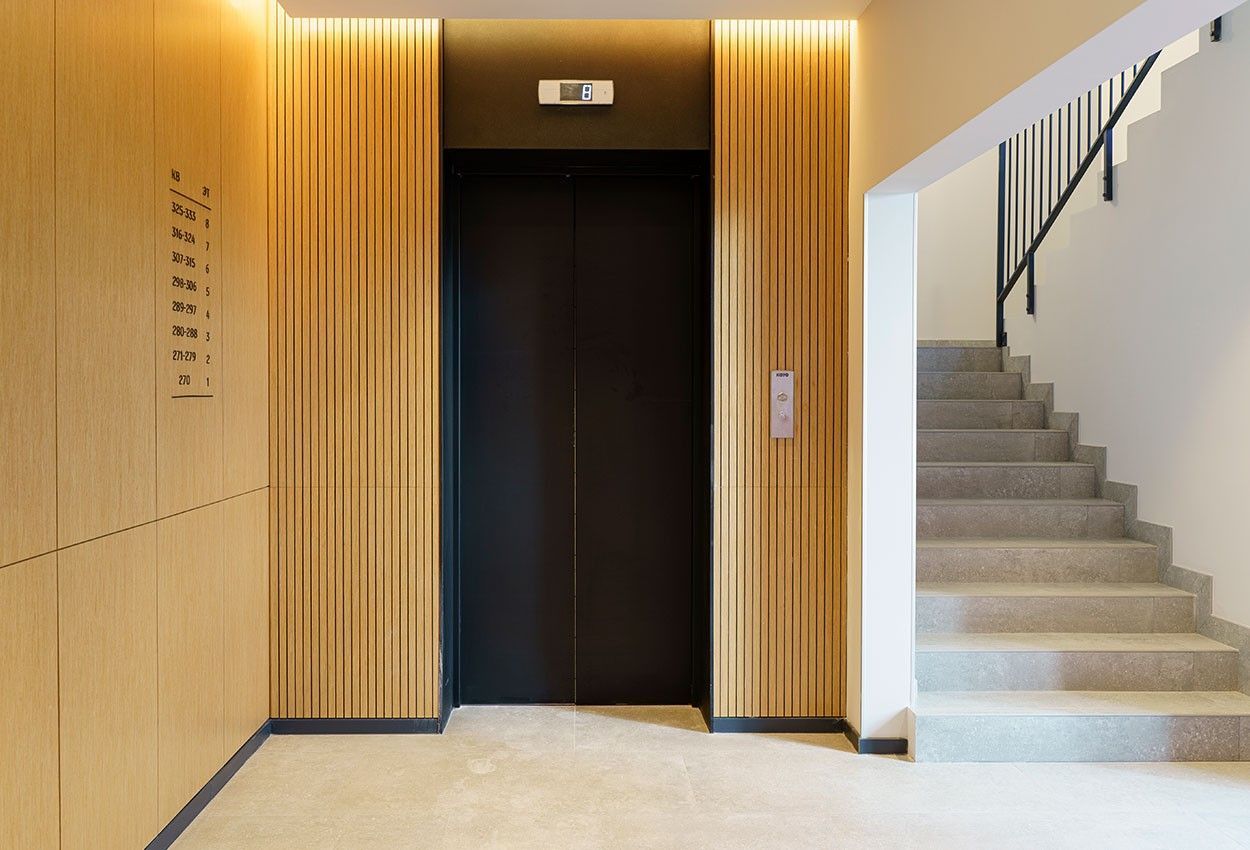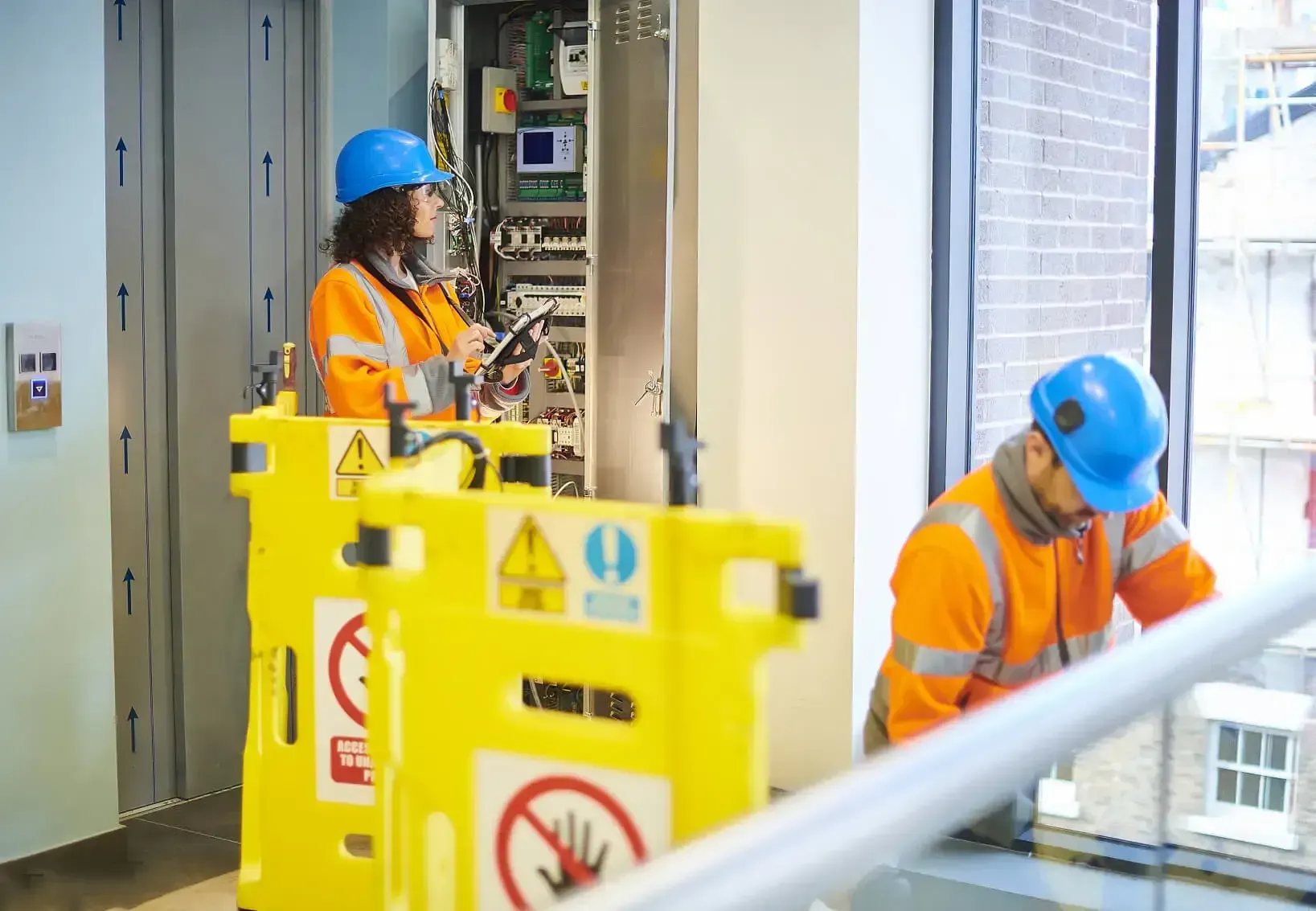Is a Residential Lift Safe
There’s a common misconception that a residential lift is somehow less reliable than a commercial one. Fortunately, there is no truth to this, but if you still find yourself wary of the idea of a residential lift in your home, we can show you why this is the case.
Biggest Fears
The main fears people face when stepping into a lift are the same whether they are in a residential lift or a commercial one. They are likely to be worried about being trapped in the lift or free falling to the bottom of the lift shaft.
Fortunately, there are so many layers of protection that freefalling is no longer a possibility. In addition, a home lift usually only has one or two levels to go, so a fall wouldn’t be nearly as bad as the ones seen in movies, should it occur. However, there are many security measures in place to prevent this from even being an issue.
Proper installation and maintenance will allow you to enjoy the utmost security in your own home lift. You should also contract with a lift company that will provide emergency support in the event that something does occur. If you get stuck in the lift, for example, you should be able to call in for an immediate rescue.
Overall, these fears are not likely to become reality. The more you use your home lift, the more comfortable you will become with it and the more confident in its use.
Reduced Usage
First, consider how often a residential lift is used daily in comparison to a lift in an office or other type of building. The lift in your home will be used several times a day, perhaps a dozen times at most if you have more than one person using it.
The office lift will see hundreds of trips each day, depending on how many floors it serves and how many people work in the building. The wear and tear on the commercial lift is considerably more than the one in your home and this reduces the chances of faults.
Regular Maintenance
The number one safety system is simply maintenance. Keep your lift in great condition and you shouldn’t have to worry about any type of malfunction. This requires having a trained technician come to your home each year to inspect the entire system and repair or replace any parts that require it.
If you notice anything failing with the elevator, even if it’s as simple as a light flickering, go ahead and call in the repair person. They can check to ensure the issue isn’t a sign of something larger and will give the lift an inspection so you can feel safe using it again. Repairing problems as they occur also prevents small issues from becoming bigger problems.
Braking System
All elevators have brakes to ensure they will not crash to the bottom floor. The braking system works with and without energy, so even if there is an outage, you can still safely descend. In most cases, there are redundant braking systems to prevent one from failing. Though the lift is not going as far as it would in a taller building, it still should be protected.
When ordering your lift, be sure to ask the technician to explain the braking system to you. This should help put your mind at ease and you will feel more confident as you ride in it.
The braking system also works when going up. There’s no way to hit the top of the shaft or home because the brakes will prevent this.
Backup Power
Ideally, you’ll have backup power to keep your lift running in the event of an outage. Otherwise, you could end up on the second floor with no way to reach the lower level easily. Those who can use the stairs have no problems during an outage, but if you are dependent on the lift to get you up and down, it could be an issue.
Backup power should start up automatically, as you may not be in the position to turn it on. If there is no backup power, there will be a method of manually lowering the lift to prevent anyone from being trapped on the upper storeys of the home. However, in nearly every home lift, there’s a battery-operated option to help you get to the lower floor.
Screen Controls
Eliminating buttons and complex controls makes the lift that much easier to run. Most have touch screens now, which is easy enough for anyone to work with. It also allows for larger print so those with visual issues may still read. In other cases, there may be auditory signs to help you navigate the screen. Either way, you’ll find it quite easy to get around with the lift in your home when it has a touch screen.
Some lifts still do use the older methods of buttons, but there are more and more that opt for the touch screen now. The control panel can also be locked to prevent anyone from causing issues with the lift controls.
Safety Sensors
You’ll also find that today’s lifts feature special sensors to make them safer. These sensors prevent two of the more dangerous situations - doors closing on someone’s arm or leg and the lift pressing down on something in the pit or shaft. If for some reason, someone climbs under the lift, it will not move, protecting the person or animal that is below it.
Likewise, the sensors in the doors prevent the doors from simply closing when you’re not completely inside. These may seem like simple sensors, but they can save a large number of potential injuries.
Interlock Doors
Interlock doors are designed to prevent the doors from opening randomly. They only open when they are in the correct position. Since it can be dangerous for a lift to open when the floor is not level with the lift floor, this prevents trips and falls.
If the lift is stuck in between floors, you will be able to pry the doors open, but they will not automatically open at a halfway point. This should reassure you that the doors will function as designed. In residential lifts, this often is created so the lift will not move unless the gate is shut, to prevent possible injury.
Emergency Lights
If the power does go out, you should have backup lights powered by a battery. This prevents you from being left completely in the dark, which could be quite dangerous. The lights will allow you to safely manoeuvre in and around the lift without tripping.
Safety Precautions to Take with Residential Lifts
Of course, there is always the slight possibility that something might occur if the lift is not used correctly. This means you should be aware of a few safety precautions.
● Don’t let children ride alone. Children should not be permitted to operate the lift on their own until they are of a more responsible age. They may end up misusing it and causing a malfunction, which will require repairs.
● Respect the weight limit. Every lift has a weight limit that is stated for a reason. The motor and design of the lift is meant specifically for these particular weights and if you go over them, you risk damaging the lift. Pay attention to the limits and stick to them.
● Call for repairs when needed. If you notice anything going on with the lift that should not be happening, such as jittering, odd noises, or poor functioning, call for a technician immediately. They can resolve the problem before it gets worse, ensuring your safety while using the lift.
If you are careful and know what the lift can handle, it should work very well for many years. Regular maintenance and knowledge of the limits will go very far in ensuring the lift is in great condition.
If you still have questions about the safety of a home lift? Let us ease your mind. Contact ADL Lift Services to learn more about how secure our lifts are.
